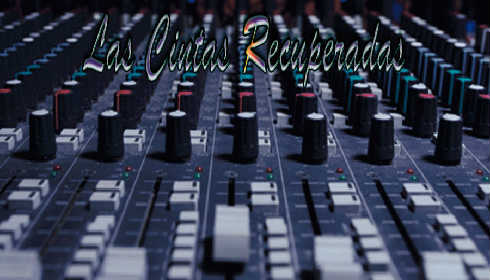 Vinyl, LP, Album, Stereo.
Vinyl, LP, Album, Stereo.A1.Mace And Grenades (3:50)
A2.Boeremusiek (2:00)
A3.Gold (4:15)
A4.Sobukwe (1:54)
A5.Blues For Huey (2:00)
A6.Gafsa (2:35)
B1.Fuzz (2:50)
B2.Head Peepin' (2:52)
B3.Otis (2:05)
B4.Riot (1:55)
B5.If There's Anybody Out There (3:30)
B6.Extra Added Attraction (1:00).

Real Name:Hugh Ramopolo Masekela
Profile:Hugh Masekela (born Johannesburg, April 4, 1939) is a South African flugelhorn and cornet player. In 1961, as part of the anti-apartheid campaign, he was exiled to the United States where he was befriended by Harry Belafonte. He has played primarily in jazz ensembles, with guest appearances on albums by The Byrds and Paul Simon. In 1987, he had a hit single with "Bring Him Back Home" which became an anthem for the movement to free Nelson Mandela. After apartheid ended, Masekela returned to South Africa where he now lives.
Hugh Masekela was an old collaborator of Abdullah Ibrahim. He is reported to have been initially inspired in his musical growth by Trevor Huddleston, a British priest working in the South African townships who financed Masekela's first trumpet. Masekela played his way through the vibrant Sophiatown scene with The Jazz Epistles and to Britain with King Kong, to find himself in New York in the early 1960s. He had hits in the United States with the pop jazz tunes "Up, Up and Away" and the number one smash "Grazin' in the Grass".
A renewed interest in his African roots led him to collaborate with West and Central African musicians, and finally to reconnect with South African players when he set up a mobile studio in Botswana, just over the South African border, in the 1980s. Here he re-absorbed and re-used mbaqanga strains, a style he has continued to use since his return to South Africa in the early 1990s.
Hugh Masekela was an old collaborator of Abdullah Ibrahim. He is reported to have been initially inspired in his musical growth by Trevor Huddleston, a British priest working in the South African townships who financed Masekela's first trumpet. Masekela played his way through the vibrant Sophiatown scene with The Jazz Epistles and to Britain with King Kong, to find himself in New York in the early 1960s. He had hits in the United States with the pop jazz tunes "Up, Up and Away" and the number one smash "Grazin' in the Grass".
A renewed interest in his African roots led him to collaborate with West and Central African musicians, and finally to reconnect with South African players when he set up a mobile studio in Botswana, just over the South African border, in the 1980s. Here he re-absorbed and re-used mbaqanga strains, a style he has continued to use since his return to South Africa in the early 1990s.


Any chance of getting this re-uploaded once more or sent to me at Iyonzion(at)hotmail(dot)com? Would REALLY REALLY appreciate it! BTW great blog!
ReplyDelete